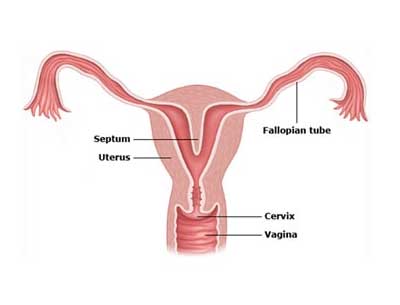

Hysteroscopy acts as a diagnostic tool before a patient proceeds for IUI, IVF, ICSI or Embryo Transfer. It is a part of infertility treatment. Hysteroscopy will help identify or correlate underlying issues which may cause hindrance for natural conception. If your gynecologist observes any abnormalities during the procedure they can be treated immediately or will informed to the patient post procedure.
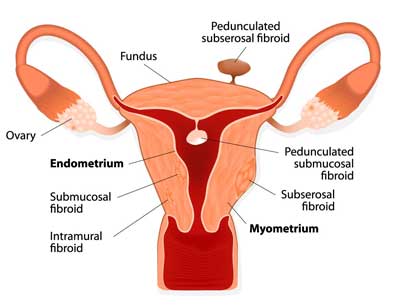
Uterine Polyps are non-cancerous growth of cells in the uterine cavity. Polyps can cause abnormal vaginal bleeding in premenopausal and post-menopausal women. Hysteroscopic Polypectomy is performed to remove these polyps and preserving the uterus.
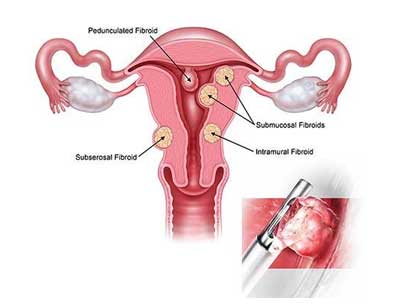
Adhesiolysis is a surgical procedure performed to remove adhesions which are scar tissues caused due to previous surgeries. Adhesions or scar tissues are a result of inflammation. It often involves removal of scar tissues blocking the fallopian tubes. Adhesions can be symptomless, but few symptoms involve menstrual disturbances and problem in conceiving.
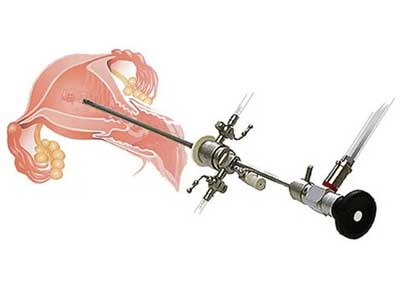
A Myomectomy is a surgical procedure to remove uterine fibroids without removing the uterus. If the size of the fibroids is small, this procedure can be done hysteroscopicaly i.e. through vagina without the need of incisions or sutures.
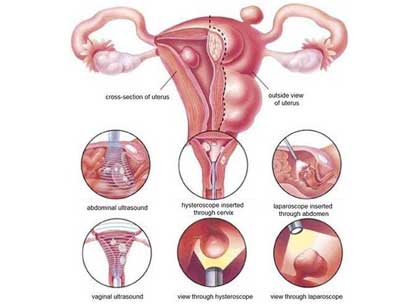
Hysteroscopic Septum Resection is surgical removal of septum i.e. growth of tissue inside the uterine cavity, causing two separate cavities. Septum can be an underlying cause of infertility, recurrent abortions, pre-term birth.
